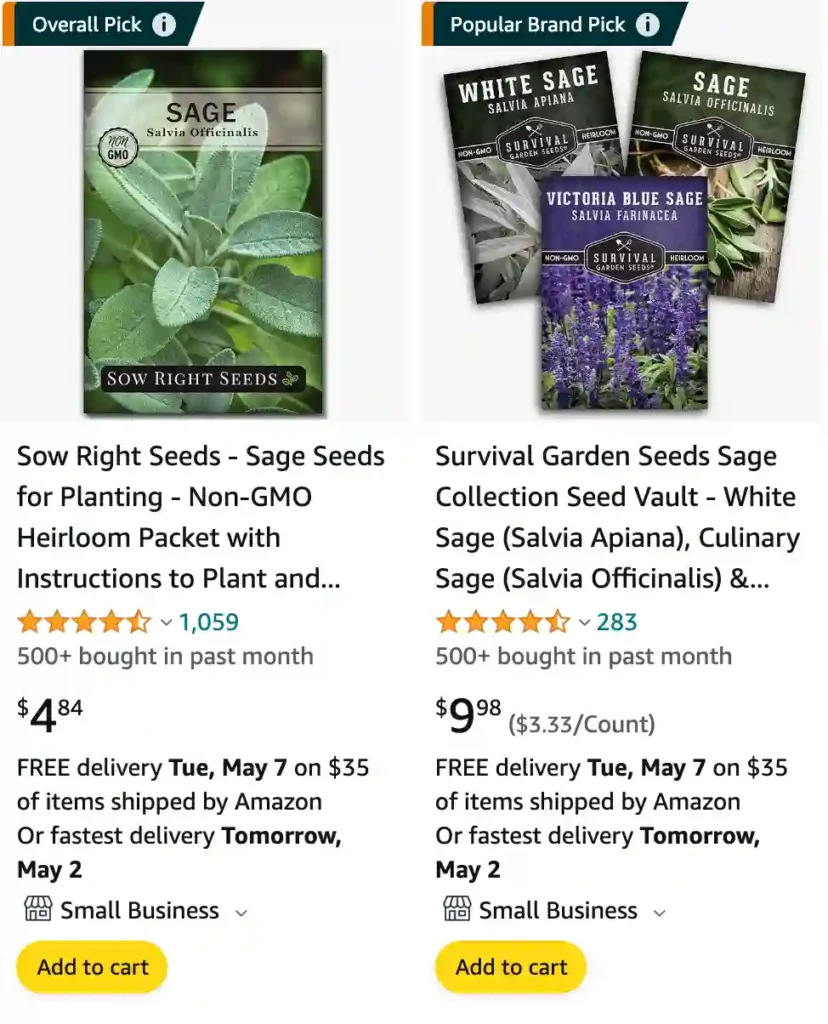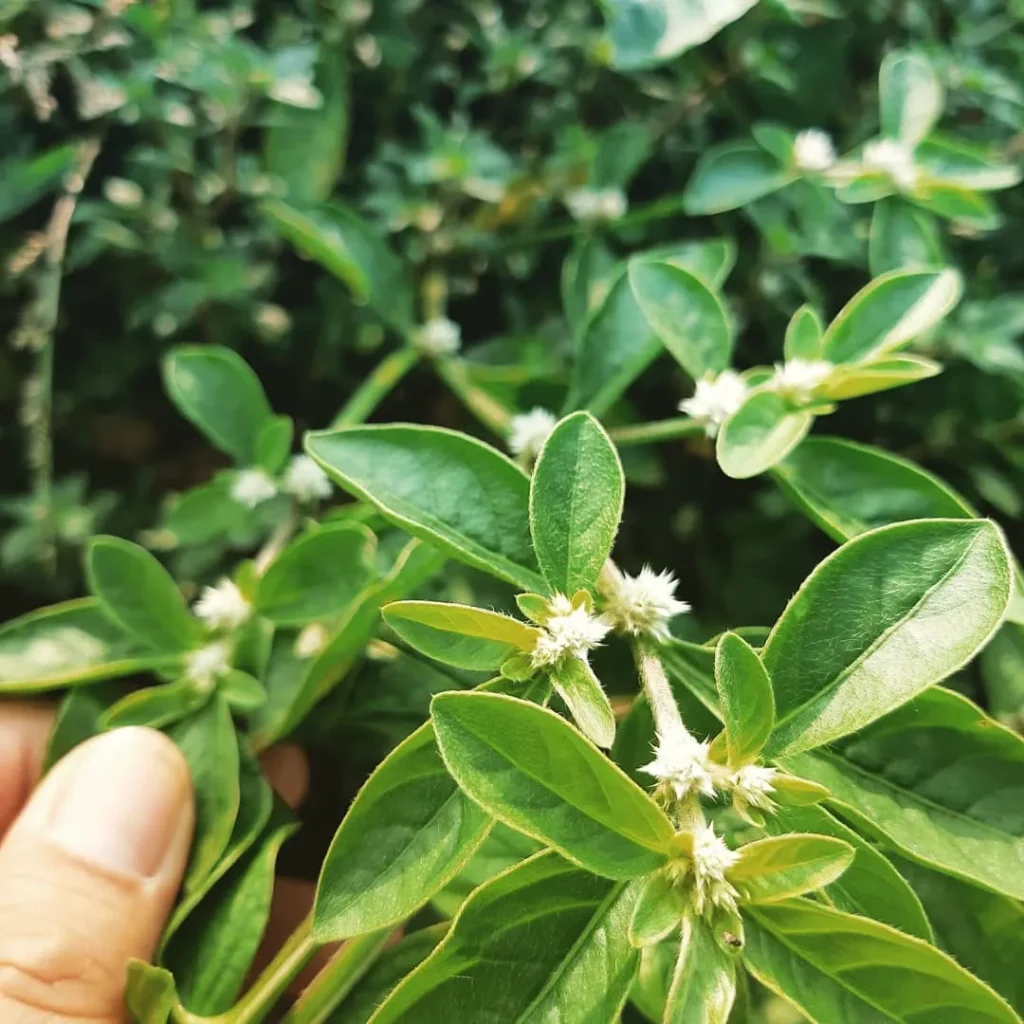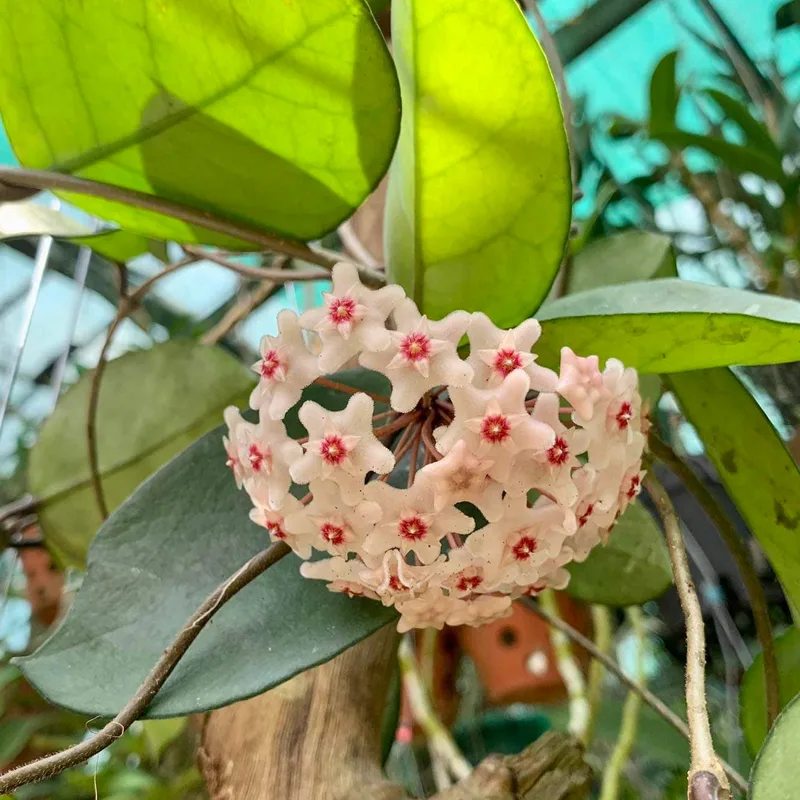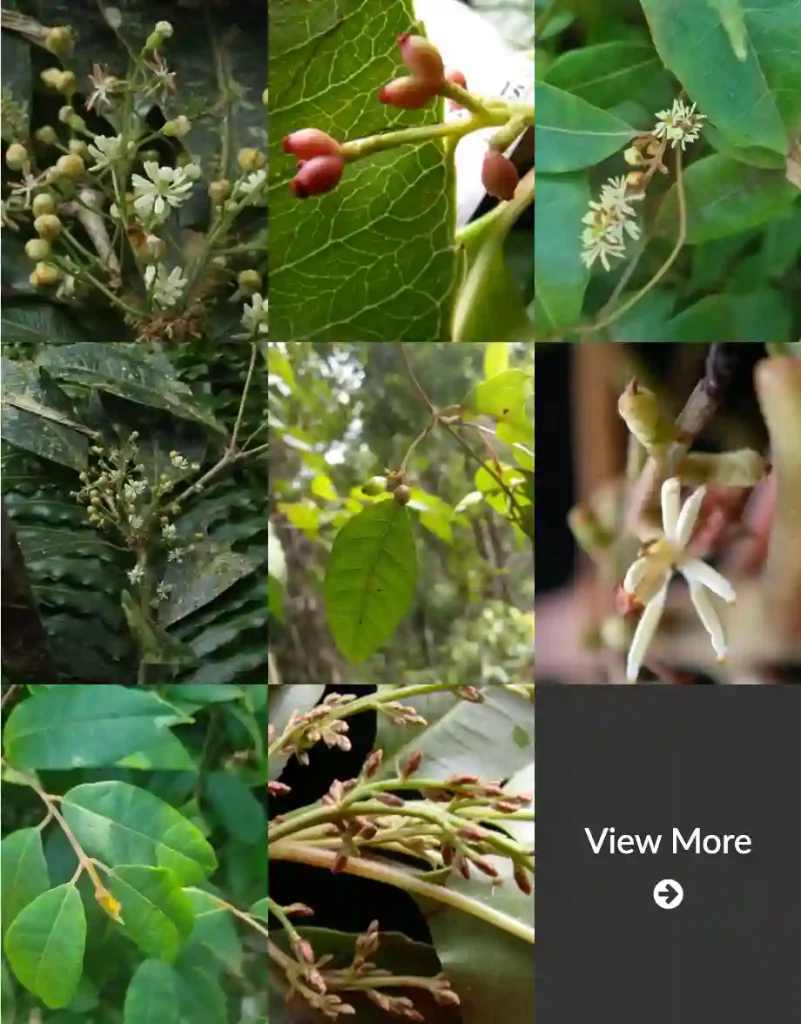
What is sage plant?
Sage is this amazing herb I’ve been using for years in my cooking. It’s got these silvery-green leaves that are a bit fuzzy and feel kind of rough when you run your fingers over them. The first time I smelled sage, I wasn’t sure what to think. It’s got this strong, peppery aroma that’s almost a little medicinal. But then I tried it in a sausage stuffing recipe, and it totally blew me away. It added this depth of flavor that was both savory and earthy, and it paired perfectly with the richness of the sausage. Now I use sage in all sorts of stuff, from roasted chicken to butternut squash soup. It’s definitely become a kitchen staple for me.
What is sage plant in Spanish?
In Spanish, the word for sage plant is “la salvia.” I actually learned this recently when I was looking up some recipes for Spanish dishes online. It turns out sage is a pretty common herb in Spanish cooking too! They use it in things like stews and bean dishes. I’m definitely curious to try some of those recipes out and see how the “salvia” adds its flavor to those dishes.
What does a sage plant look like?
Sage plants are not only useful in the kitchen, but they’re quite attractive too! They’re typically bushy shrubs that can grow up to 2 feet tall. The most striking feature for me is the leaves. They’re a beautiful oval shape and come in a range of colors, from a silvery-green to a greenish-white. Some varieties even have variegated leaves, which adds a pop of color to any herb garden. The leaves themselves are rough and crinkled, with a fuzzy texture that’s interesting to touch.
During the spring, sage plants produce lovely flowers that sprout on long spikes. These flowers can be lavender, blue, pink, or even white, depending on the variety. They’re not huge blooms, but they add a delicate touch to the plant and attract pollinators like bees and butterflies.
What is sage plant used for?
Sage is a versatile plant with a long history of culinary and medicinal uses. Here’s a breakdown of its two main applications:
Culinary Sage:
- Rich, Earthy Flavor: Sage leaves have a strong, pungent flavor that’s both savory and slightly peppery. It can be a bit overwhelming if used fresh, so I tend to use it dried most of the time. A little goes a long way in adding depth and complexity to dishes.
- Pairs Well With: Sage is a perfect partner for fatty meats like sausage, duck, and pork. It also complements earthy vegetables like mushrooms, butternut squash, and lentils. I love using it in stuffings, roasted vegetables, and pasta dishes.
Medicinal Sage:
- Traditional Uses: Sage has been used for centuries in traditional medicine for a variety of ailments. People have used it for sore throats, stomachaches, and even memory problems.
- Modern Research: There’s ongoing research into the potential health benefits of sage. Some studies suggest it may help with symptoms of menopause, like hot flashes, and even improve cognitive function. It’s important to note that most of this research is still preliminary, and it’s always best to consult with a doctor before using sage for medicinal purposes.
When to plant sage?
In my experience, the best time to plant sage really depends on your climate. Here in [your location], spring is the sweet spot. The danger has passed from those late frosts that can nip new plants in the bud, and the weather is starting to warm up nicely. The soil is warm enough for good germination, and the young sage plant will have plenty of time to establish itself before the hot summer sun beats down.
That being said, I’ve seen people have success planting sage in pots in the fall too, as long as they avoid any super cold spells. If you’re going that route, just make sure you bring the pot indoors if there’s a risk of frost.
How to plant sage?
There are two main ways I like to plant sage: from seeds or with a starter plant.
Planting from seeds is a fun and rewarding way to get your sage going, but it takes a little more patience. Here’s what I do:
- Timing is key: Wait until those last frost dangers have passed in spring. Aim for soil temperatures around 60-70°F (15-21°C) for best results.
- Pick a spot: Sage loves the sunshine! Find a location in your garden that gets at least 6-8 hours of direct sunlight each day.
- Prepare the soil: Sage prefers well-draining soil. If your soil is heavy clay, amend it with some compost or sand to improve drainage.
- Seeding: Sow the seeds directly into the soil. You don’t need to plant them too deep, just about ¼ inch (0.5 cm) below the surface. Water the seeds gently and keep the soil moist but not soggy as they germinate.
- Patience is a virtue: It can take a good 6-8 weeks for those little sage seedlings to sprout.
If you’re looking for a quicker option, buying a starter plant from a nursery is the way to go. Here’s how to plant that:
- Location, location, location: Just like with seeds, pick a sunny spot in your garden with well-draining soil.
- Dig a hole: Dig a hole slightly bigger than the pot the starter plant came in.
- Gently loosen the roots: Carefully remove the plant from its pot and gently loosen the roots with your fingers to encourage them to spread out in the new soil.
- Plant and water: Place the plant in the hole and fill it back in with soil, tamping it down gently. Water the plant thoroughly to settle the soil around the roots.
That’s it! With a little sunshine, some well-draining soil, and some occasional watering, you’ll be enjoying your homegrown sage in no time.
Is sage a perennial plant?
Sage’s perennial status depends on where you live! In my experience, it can be a bit of a double-edged sword.
Sage is considered a hardy perennial in planting zones 5-8. These zones tend to have milder winters where temperatures don’t dip too low. If you’re lucky enough to be in this zone, your sage plant will come back year after year, rewarding you with flavorful leaves for seasons to come. Just give it a little protection from the harshest winter winds and maybe some mulch around the base for extra insulation.
However, for folks in warmer zones (typically 9 and above), sage might behave more like an annual. Warmer climates often lack the cold winter dormancy period that triggers perennial growth. So, your sage plant might thrive for a season and then die back in the winter. But fear not! You can still enjoy fresh sage. Just treat it like an annual, plant new seeds each spring, and enjoy a fresh crop every year.
How do you prune a sage plant?
Pruning my sage plant is a great way to keep it healthy, bushy, and encourage it to produce more of those delicious leaves. Here’s what I normally do:
- Timing is key: Early spring is the perfect time to prune sage. This gives the plant a chance to recover and put on new growth before the hot summer arrives.
- Sharp tools are essential: Just like with any pruning, using sharp shears or pruners is important. Dull blades can crush and damage the stems, making it harder for the plant to heal.
- Light trim or heavy haircut? It depends on the size and age of your plant. For light pruning, I just snip off a few inches from the ends of the stems, focusing on removing any dead, diseased, or leggy growth.
- Shaping for fullness: If your sage plant is getting a bit overgrown, you can give it a more substantial haircut. I aim to remove about a third of the overall stem length. Don’t worry, sage can handle this and it will actually encourage bushier growth.
- Make clean cuts: When pruning, I try to make clean cuts just above a leaf node (the little bump where a new leaf grows). This helps the plant direct its energy into new growth at that point.
- Harvesting and pruning in one: Sometimes I combine harvesting sage leaves with pruning. As I trim the stems, I pick off the larger leaves for immediate use in the kitchen. No waste!
Remember, don’t be afraid to prune your sage plant! It’s a tough herb and will bounce back beautifully, rewarding you with a healthier, more productive plant.
How to harvest sage without killing the plant?
Here’s the trick to harvesting sage without harming the plant: moderation and strategic snipping!
The 1/3 Rule: This is a golden rule for harvesting sage, especially since it grows a bit slower than some other herbs. Aim to take no more than one-third of the total leaves or stems at a time. This allows the plant to maintain enough foliage for healthy growth and photosynthesis.
Small and Steady Wins the Race: Instead of taking massive chunks, focus on smaller, regular harvests. You can either:
- Pinch individual leaves: This is perfect if you just need a few leaves for a recipe. Pinch them off from the stem tips, encouraging new growth in those areas.
- Snip stems with leaf clusters: If you need a bit more, cut off entire stems with a cluster of leaves at the top. Make your cut just above a leaf node, where the stem meets the leaf. This will also trigger new growth at that point.
Think Long Term: Avoid cutting back too much new growth, especially early in the season. New growth is where the plant puts its energy, so you want to give it a chance to establish itself before harvesting.
By following these tips, you can enjoy fresh sage throughout the growing season without jeopardizing the health of your plant. It’s a win-win for you and your delicious herb garden!
If i die, water my plants!



